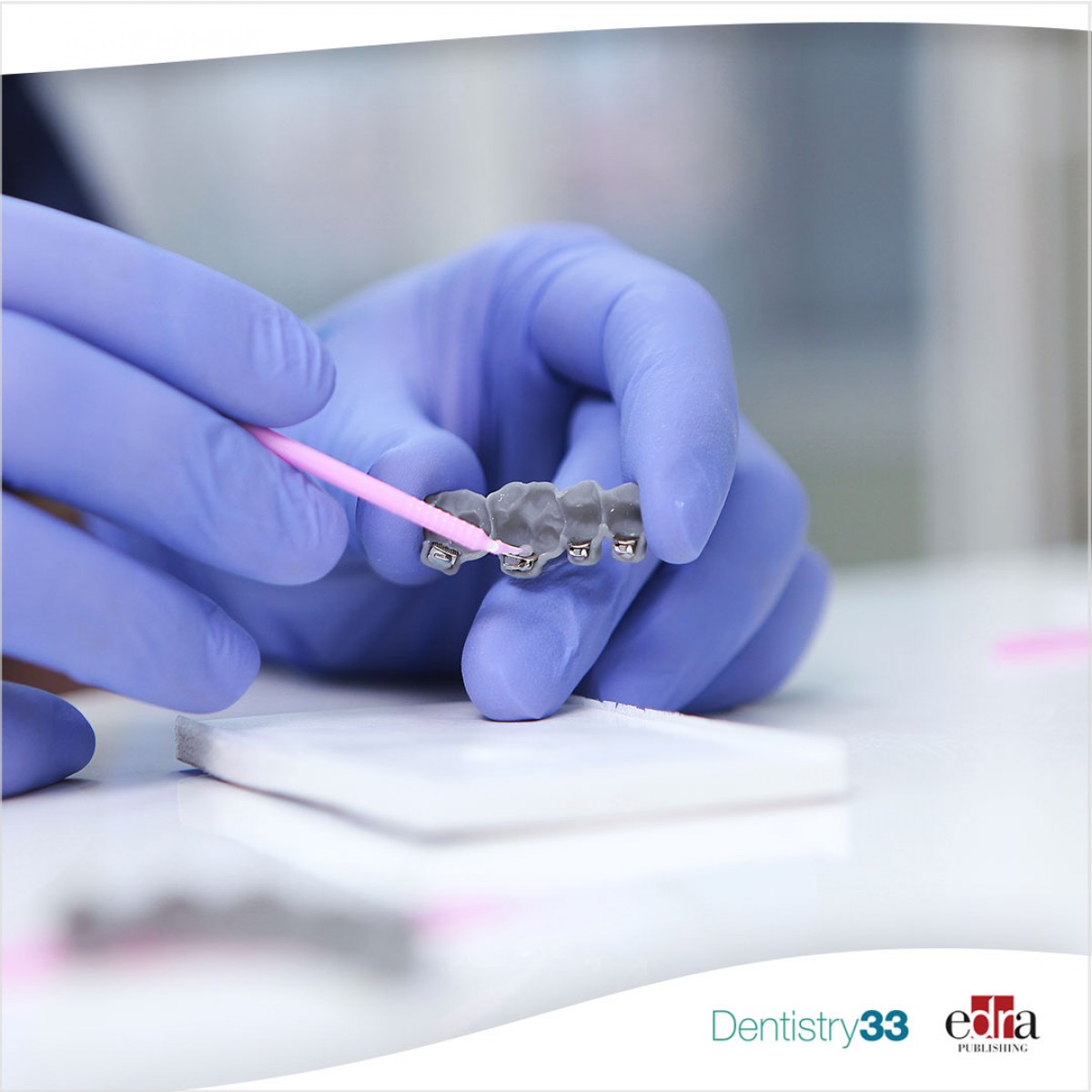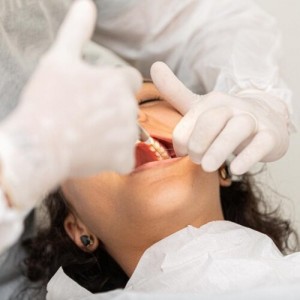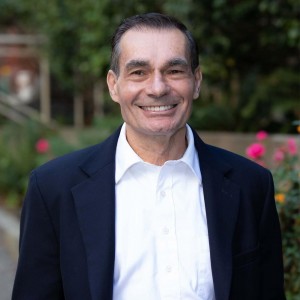
Release of interface confined water significantly improves dentin bonding
Water residue and replacement difficulty cause insufficient adhesive infiltration in demineralized dentin matrix (DDM), which produces a defective hybrid layer and thus a bonding durability problem, severely plaguing adhesive dentistry for decades.
In this study, researchers propose that the unique properties of a highly hydrated interface of the porous DDM can give rise to one new type of interface, confined liquid water, which accounts for most of the residue water and may be the main cause of insufficient infiltration.
To prove the hypothesis, three metal ions with increasing binding affinity and complex stability (Na+, Ca2+, and Cu2+) were introduced respectively to coordinate negatively charged groups such as -PO43−, -COO− abundant in the DDM interface. Strong chelation of Ca2+ and Cu2+ rapidly released the confined water, significantly improving penetration of hydrophobic adhesive monomers, while Na+ had little effect.
A significant decrease of defects in the hybrid layer and a much-decreased modulus gap between the hybrid layer and the adhesive layer greatly optimized the microstructure and micromechanical properties of the tooth–resin bonding interface, thus improving the effectiveness and durability of dentin bonding substantially.
This study paves the way for a solution to the core scientific issue of contemporary adhesive dentistry: water residue and replacement in dentin bonding, both theoretically and practically.
Pan M, Li Z, Xu J, et al. "Release of Interface Confined Water Significantly Improves Dentin Bonding." Journal of Dental Research. 2023;102(7):734-742. doi:10.1177/00220345231161006.
 Related articles
Related articles
Orthodontics 06 June 2023
Effects of ultrasonic instrumentation on the shear bond strength of ceramic brackets
Accumulation of plaque during orthodontic treatment makes oral prophylaxis a regular necessity. As the use of esthetic brackets has gained popularity, it becomes necessary to assess the consequences...
Oral pathology 19 September 2025
n this study we investigated the accuracy of diagnoses of oral mucosal diseases made by family physicians (without a dental degree), other categories of physicians, and general dental practitioners...
Oral Hygiene & Prevention 18 September 2025
Oral mucosal lesions and oral hygiene habits in the home‐living elderly
A large epidemiological health investigation, the Helsinki Ageing Study (HAS), was performed in 1989–1991 in Helsinki, Finland.
Pediatric dentistry 09 September 2025
Pediatric Dentists' Treatment Planning Decisions for Class II Carious Lesions in Primary Molars
To assess pediatric dentists' choice for restoring Class II carious lesions in primary molars.
Editorials 08 September 2025
UCSF Chancellor Sam Hawgood has reappointed Mike Reddy as Dean of the School of Dentistry from February 2025 until February 2030.
 Read more
Read more
Editorials 10 October 2025
With proud smiles and crisp white coats, ninety-three learners from the DDS Class of 2029 and the International Dentist Pathway Class of 2028 marked the start of their dental careers at the UCSF...
Periodontology 10 October 2025
Continuous professional development (CPD) in Periodontology refers to the overall framework of opportunities that facilitate a life-long learning practice, driven by the learner-practitioner and...
TheraBreath, the #1 alcohol-free mouthwash brand in the U.S.*, has introduced a new line of dentist-formulated, clinically tested toothpastes designed to support professional oral care...
News 10 October 2025
New officers and trustees were installed at the Minnesota Dental Association’s Leadership Conference on September 19 in Minneapolis.
News 10 October 2025
Smartee Denti-Technology today announced that Professor Gang Shen, its Chief Scientist and Executive President of TaiKang ByBo Dental, has once again been named to the World’s Top 2% Scientists...















